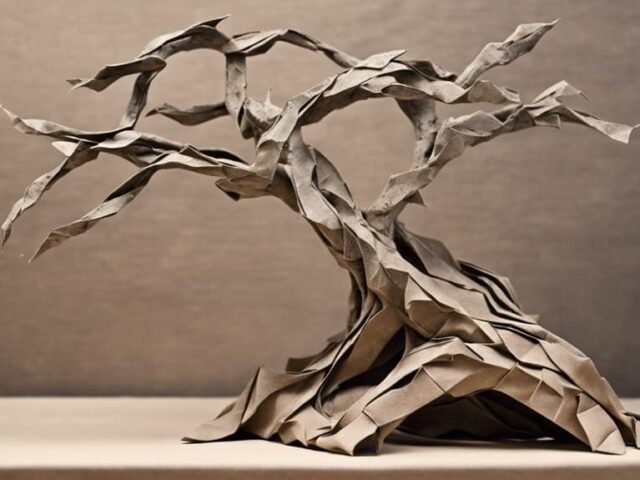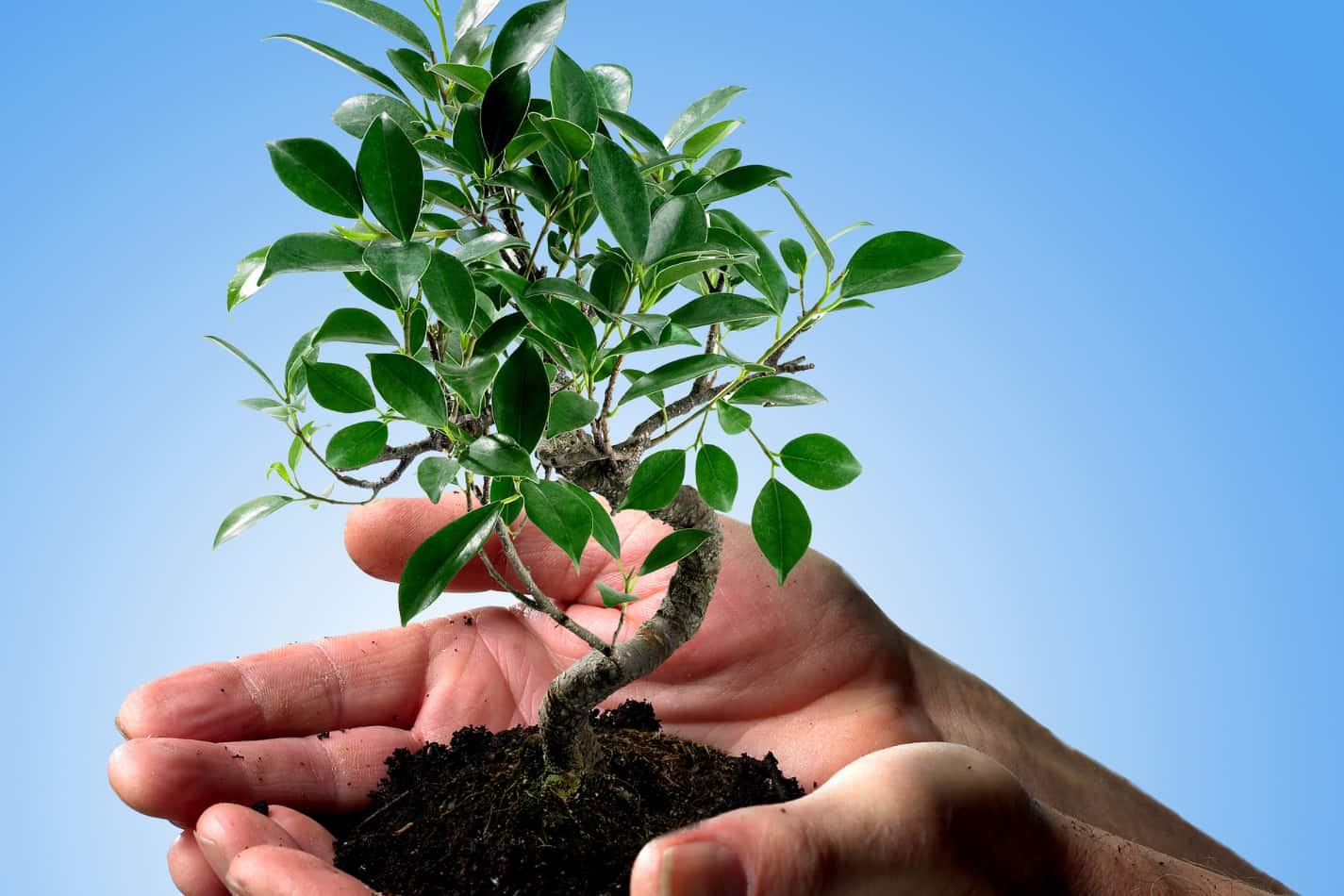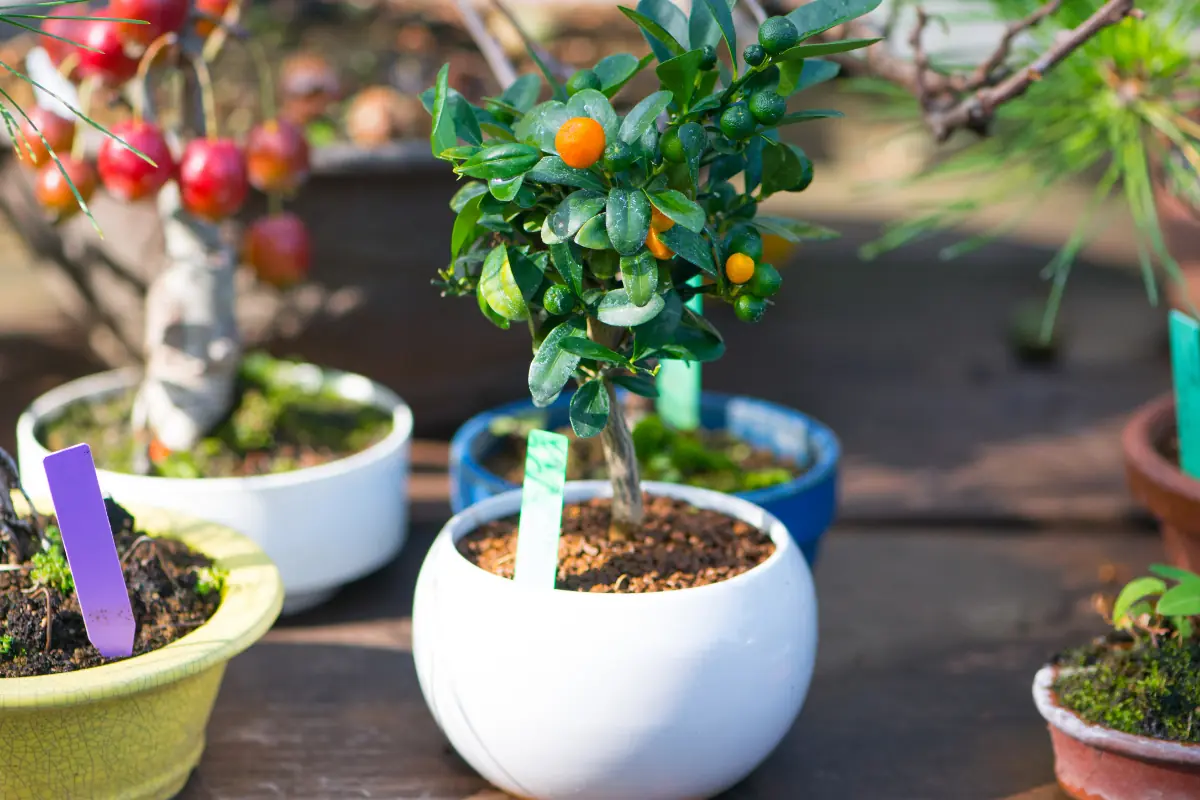Caring for your miniature tree involves a ritual similar to a soft dawn drizzle—necessary yet gentle. Grasping the perfect moment to hydrate your miniature tree is almost like learning a fine dance, filled with grace, patience, and sharp observation.
But, you might wonder, ‘When do I dance this dance?’ Let’s dive into the nuanced signs and savvy advice that’ll make you a pro in this fascinating part of miniature tree maintenance.
Remember, every tree is a unique being with its own needs and preferences. Your journey in miniature tree care is bound to be filled with learning and growth (pun intended!).
Keep a keen eye, trust your instincts, and soon, you’ll be watering with the confidence of a seasoned gardener. Happy gardening!
Key Takeaways
- Observe soil dryness, leaf appearance, and pot weight to spot watering cues.
- Tailor watering frequency by tree species and seasonal changes.
- Use moisture meters for accurate soil moisture readings.
Signs of Overwatering Bonsai
If your bonsai tree is exhibiting yellowing leaves, wilting foliage, or fungus growth on the soil surface, these are clear signs of overwatering.
Yellowing leaves indicate that the roots are waterlogged, leading to a lack of oxygen for the plant. Wilting leaves are a result of the roots being suffocated by excess moisture, hindering their ability to uptake nutrients.
Fungus and mold growth on the soil surface thrive in wet conditions, highlighting overwatering issues. Root rot, a severe consequence of overwatering, occurs when the roots decay due to waterlogged soil.
Slow growth and lack of vigor in your bonsai are further indicators that it’s receiving too much water, impacting its overall health and vitality.
Signs of Underwatering Bonsai
Dry, brittle leaves are a common indicator of underwatering in bonsai trees. When the bonsai lacks sufficient water, its foliage may start to wilt, indicating a struggle with water uptake.
Slow growth compared to its normal rates could also point towards a lack of water supply. If you notice significant leaf loss, especially when combined with other signs, it might be due to underwatering.
To assess if your bonsai isn’t receiving enough water, check the dryness of the soil regularly. Understanding these signs of underwatering can help you adjust your watering practices to ensure your bonsai remains healthy and vibrant.
Bonsai Watering Frequency
Understanding the optimal watering time of day for your Bonsai, the signs indicating overwatering, and how to adjust your watering routine according to seasonal changes are crucial in ensuring your Bonsai receives the right amount of water to thrive and avoid issues like root rot.
Watering Time of Day
When determining the optimal time to water your bonsai, consider the soil moisture level and aim to water promptly to maintain the health of the tree’s root system.
The time of day isn’t critical, but it’s advisable to water as soon as the soil begins to dry slightly. Avoid using cold water on warm soil to prevent shocking the roots.
Consistency in monitoring the soil moisture is vital to determine the right watering time, especially in hot weather. Watering promptly when needed prevents the soil from completely drying out.
This practice is essential for sustaining the health and vitality of your bonsai’s root system, ensuring it thrives and flourishes.
Signs of Overwatering
Excessive moisture in bonsai trees manifests through common signs such as yellowing leaves, wilting foliage, soil surface fungus, root rot, and slowed growth or stunted development.
Yellowing leaves are a telltale sign of overwatering in bonsai trees, indicating that the roots are suffocating due to excess water. Wilting leaves also signal overwatering, as the roots struggle to absorb nutrients efficiently.
If you notice fungus or mold growth on the soil surface, it’s a clear indicator of too much water present around the roots. Root rot, a serious issue caused by overwatering, can damage the roots and hinder the tree’s health.
Additionally, slow growth or stunted development in your bonsai may result from overwatering, impacting the overall vitality of the tree.
Adjusting for Seasons
Manifesting through visible cues like yellowing leaves and wilting foliage, adjusting bonsai watering frequency based on seasonal changes is crucial for maintaining optimal health and growth of your bonsai trees.
In summer, due to increased heat and evaporation, bonsai may require daily watering to prevent drying out.
Conversely, in winter when bonsai trees are dormant, they need less water, so adjust watering frequency accordingly to avoid overwatering.
During spring and fall, closely monitor soil moisture levels as weather transitions impact watering needs.
Additionally, consider the species of the tree and the size of the pot when determining watering schedules throughout the year.
Humidity levels also play a role in how quickly the soil dries out, necessitating adjustments in watering frequency to meet the bonsai’s watering needs.
Environmental Factors and Watering
When assessing sunlight exposure and watering requirements for your bonsai, consider how different light intensities affect evaporation rates and soil moisture levels.
Additionally, varying humidity levels can impact the rate at which water evaporates from the soil surface, influencing the frequency at which you need to water your bonsai.
Understanding these environmental factors is essential for maintaining optimal moisture levels and ensuring the health of your bonsai tree.
Sunlight and Watering
Increased sunlight exposure directly influences the watering requirements of bonsai trees. The intensity of sunlight affects the rate at which moisture evaporates from the soil, impacting the tree’s water needs.
Trees positioned in areas with direct sunlight may necessitate more frequent watering as the soil dries out faster. Conversely, bonsai trees placed in shaded spots experience reduced evaporation rates, requiring less water.
To ensure the tree receives adequate moisture, it’s crucial to monitor sunlight levels and adjust watering frequency accordingly. Proper placement of the bonsai tree in relation to sunlight is essential for maintaining optimal soil moisture levels.
Humidity Levels Impact
Maintaining optimal humidity levels is crucial for the health and growth of bonsai trees, as it directly impacts the watering requirements for these delicate plants. High humidity levels decrease water evaporation rates, necessitating less frequent watering.
Conversely, in low humidity conditions, bonsai trees may require more regular watering to sustain adequate moisture levels. Utilizing humidity trays with pebbles can help create a microclimate that regulates humidity around the bonsai. Proper humidity levels are paramount for overall bonsai health.
It’s essential to monitor humidity levels diligently to determine the appropriate watering frequency, ensuring that your bonsai thrives in an environment that fosters its growth and well-being.
Bonsai Species Watering Needs
Deciduous bonsai trees generally require a higher level of soil moisture compared to coniferous species. Conifers like Spruce and Fir thrive with consistently moist soil conditions.
Tropical bonsai species such as Jade plants usually need less frequent watering. Each type of bonsai species has specific watering requirements crucial for their health and growth. Understanding these individual needs is essential for proper care.
By maintaining adequate moisture levels in the soil, you can ensure your bonsai thrives. Paying attention to soil conditions and adjusting watering frequency accordingly will contribute to the overall well-being of your bonsai.
Tailoring your watering routine to the specific needs of your bonsai species is key to fostering its development and longevity.
How to Determine When Bonsai Needs Water
To determine when your bonsai needs water, observe the top centimeter of the compost for dryness as an initial indicator. A dry soil surface may signal the need for watering.
Additionally, monitor the leaves’ appearance and firmness; wilted or dry leaves indicate a lack of water. Lift the pot occasionally to assess its weight – a lighter pot suggests the need for watering. Consider using a moisture meter for accurate readings of soil moisture levels.
These watering signals, including color and texture of the soil surface, are crucial indicators of your bonsai’s hydration needs. By paying attention to these watering indicators, you can ensure your bonsai receives the right amount of water at the right time.





